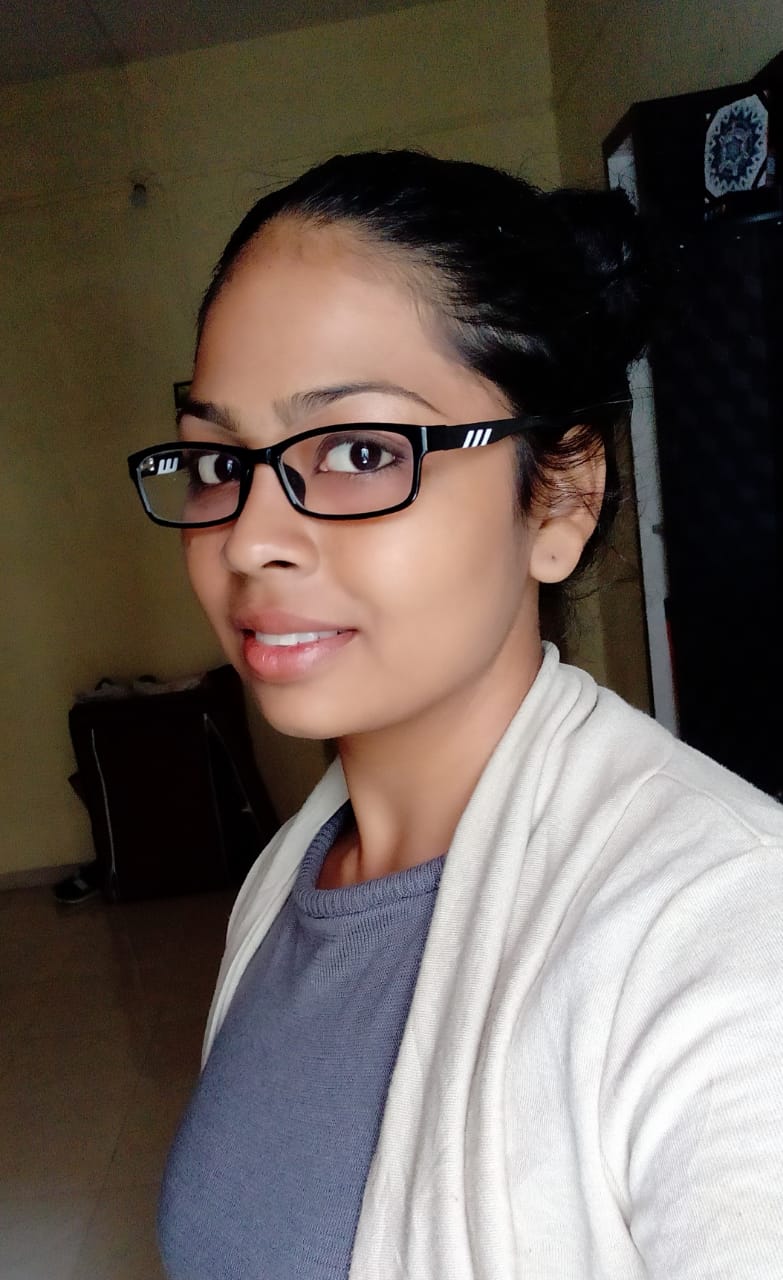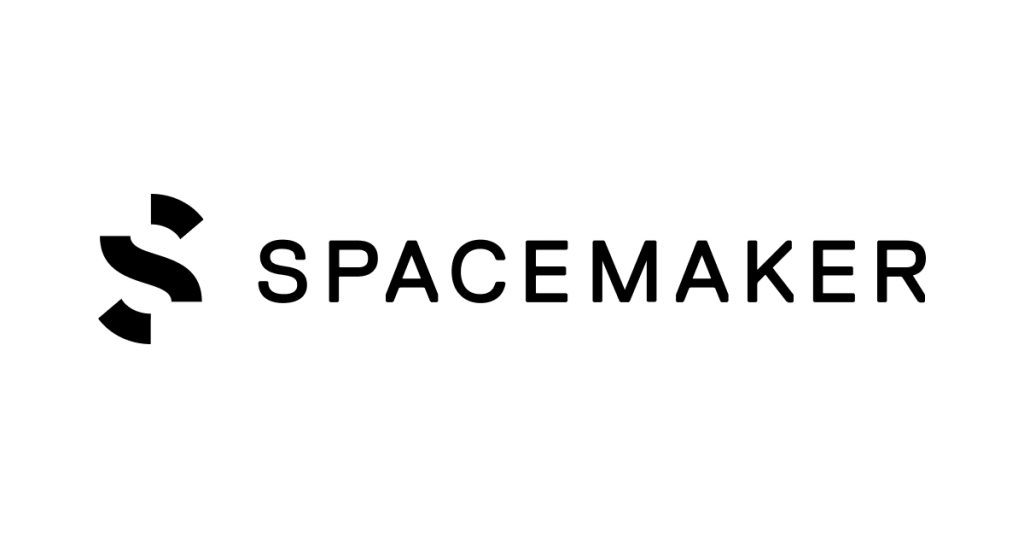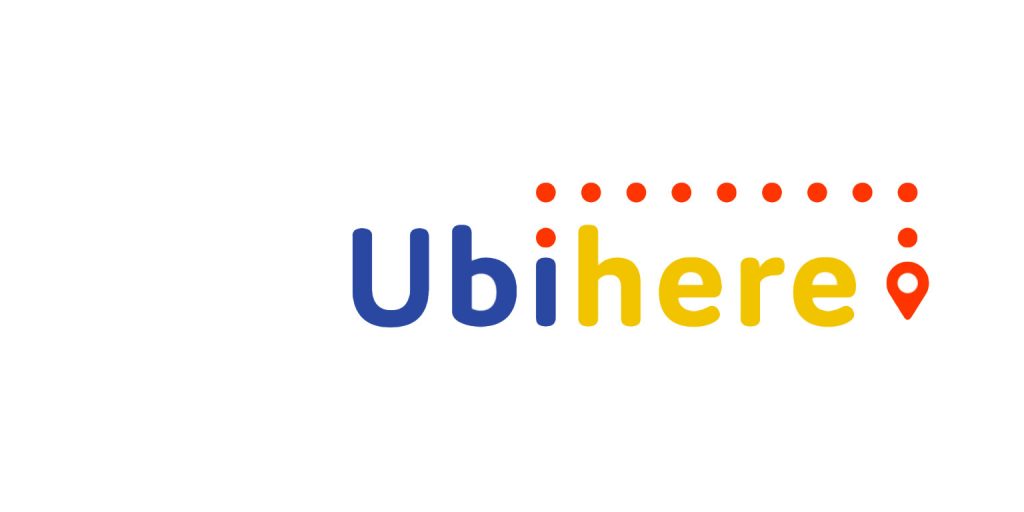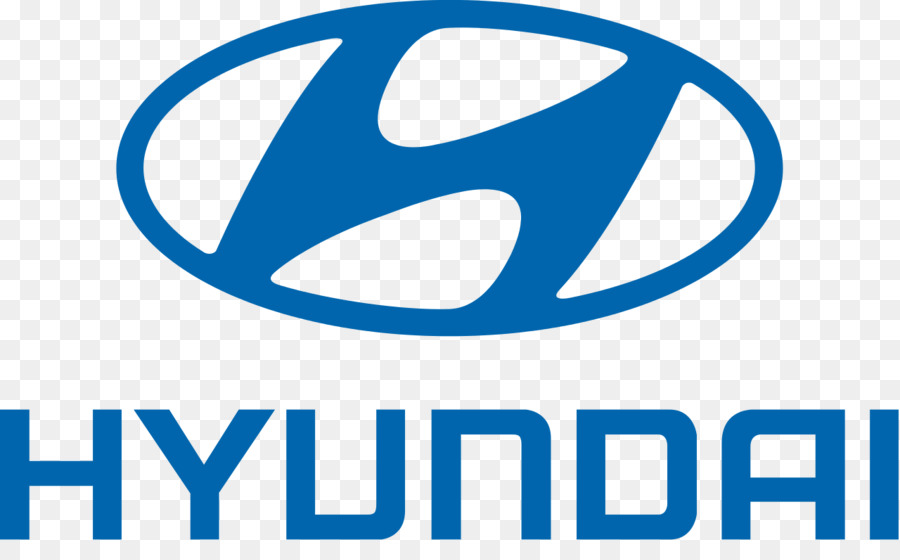37Signals: Jason Fried’s Web Design Company that launched the first commercial product Basecamp!
37Signals is a remote software firm, which is, later on, changed its name as a Basecamp. Earlier, it worked in the field of web design. However, Basecamp shifted its focus towards web application development since 2004. Ruby on Rails, Basecamp, Campfire are the best-known products of the company. It is based in Chicago, Illinois and three web designers set up the firm back in 1999.
Jason Fried is one of the founders, presently serving as the CEO of 37Signals (Basecamp). Under his policies, the firm continued to build miscellaneous web-based productivity tools that match the requirements of the present era. Let’s see the journey of 37Signals, from web design company to web application development firm.
The Backstory of Foundation
It was a web design firm set up in 1999 by E. Kim, Jason Fried, and C. Segura. As a matter of fact, they named it after 37 radio telescope signals. Earlier, the firm worked for other several organizations to build and re-design their websites. The business was also running great and the company acquired lots of projects in a few months. But keeping track of all things got complicated as well, the team was somewhat disorganized. As a result, taken projects dragged on too long, miscommunication between team members increased, and things began to fall out of the track.
That time, Email was only medium for handling work, but it had limitations for long-running projects taken by the company. And so, founders realized that a better project supervision tool is a must to keep the track of all things. They searched several tools which can help them to organize the work to be done, communicate ideas as well as to share work with clients. Well, they found few, but those were complicated and hard to use.
Basecamp was born
After using several project management apps, the needs of owners didn’t fulfill. Thus, they opted to build a simple app on their platform. Soon, they started to use the tool for project administration with the clients. However, this tool showed results; projects ran better. As well, their clients appreciated the organization and improve communication. In fact, 37signals’ clients started asking about the software they were using for project managing.
That’s how the product of a 37Signals called Basecamp was born. Founders priced the software fairly and launched it in the market in 2004. 37signals adopted a new strategy in 2014, the company entirely focused on the flagship product. Also, renamed the company’s name from 37signals to Basecamp.
Basecamp boomed
37Signals’ first commercial product was Basecamp. After its launch, the Basecamp software used by many for project management. Churches, schools, consulting firms, publishers as well as governments started using Basecamp for its better project supervision. Thereafter, the firm launched several other applications in the market. Includes, Backpack, Campfire, Highrise, etc. Also, the web application Ruby on Rails, which was created for internal use of the company made public in 2004.
In 2014, Basecamp first hit the market, 15,000,000+ people have worked on a project with Basecamp. Since then every week, thousands of firms sign up to use Basecamp. As everything runs smoother with Basecamp, people like to use Basecamp for their project management. Basecamp enabled better handle on the business, in return, the teams become more self-sufficient. Also, Basecamp apps are available on various platforms including, iOS, Android, Mac, and PC, integrations.
Other Products of 37Signals
Apart from Basecamp, the company launched several other products in the market. In 2006, it launched an online chat platform called Campfire. However, it then merged into Basecamp 3. Thereafter, a free web application framework known as Ruby on Rails made open source in 2004.
Glimpse to Founder Life- Jason Fried
Jason shared a great contribution to set up 37signals in 1999. Also, he is the makes of Basecamp and other web-based tools of the company. He attended the University of Arizona to study Finance. Apart from that, he is Rework’s co-author. In addition, he is also a columnist at Inc. Magazine known as Getting Real. Where he published his articles monthly.
Presently, he is serving as the president of Basecamp, earlier known as 37Signals. Under his guidance, the company continued to build miscellaneous web-based productivity tools that match the requirements of the present era.
Bottom Line
The first commercial product of 37Signals, Basecamp is becoming popular amongst several firms that needed a better project management platform. In 2004, only about 45 clients were using Basecamp, which increased every year. Presently, more than 3.3 million peoples are using Basecamp for better project management. In fact, the number is rising day by day!

Jayshri is an Electronics Engineer, but her passion towards writing made her to be in this field. Apart from content writing, she loves reading, writing and surfing on various topics. In her free time, she likes to watch TV series and news. Sherlock Holmes is her all time favorite show. Jayshri loves cooking various Indian-western dishes.





